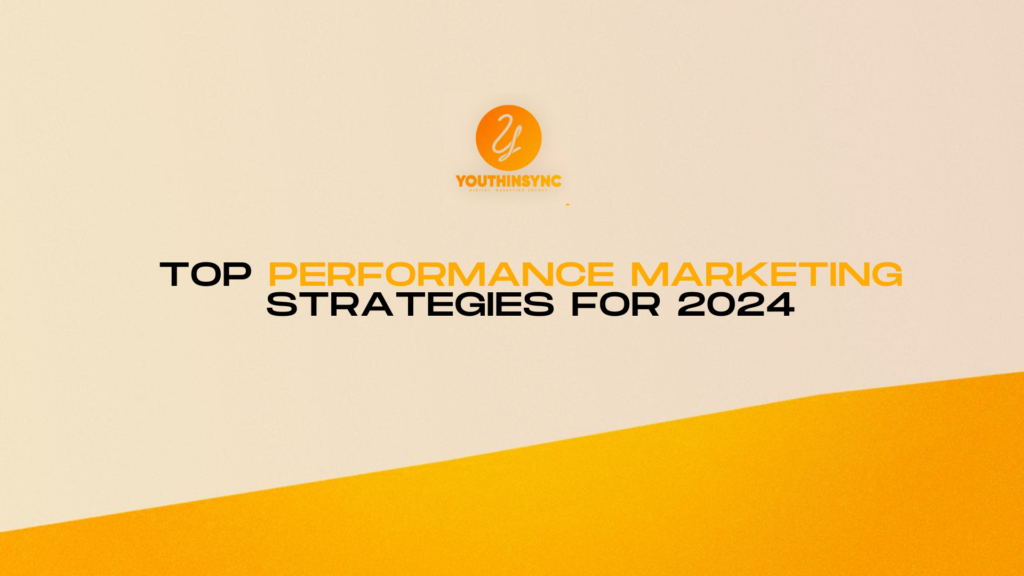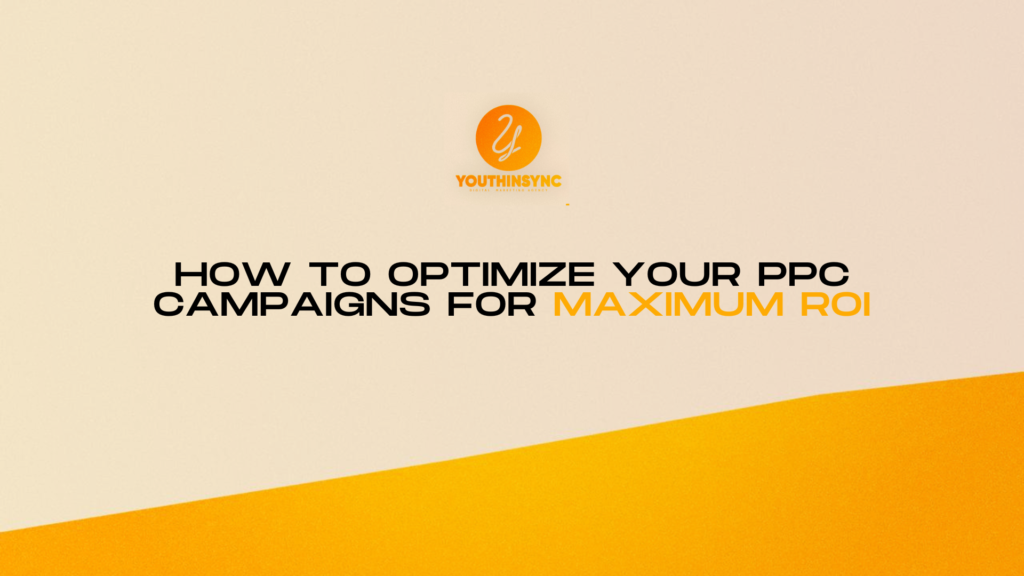Benefits of A/B Testing in Performance Marketing
Introduction to A/B Testing in Performance Marketing A/B testing, also known as split testing, is a fundamental method in performance marketing. This technique involves comparing two or more versions of a marketing asset—such as an ad, email, or landing page—to determine which one performs better. By analyzing the performance of each version, marketers can make data-driven decisions that enhance their campaigns’ effectiveness. What is A/B Testing? A/B testing involves creating two versions of a marketing element—let’s call them Version A and Version B—and exposing them to different segments of your audience. By analyzing performance metrics like conversion rates, click-through rates, and engagement levels, marketers can identify which version resonates more with their audience. This approach provides clear, data-backed insights into what works best. The Role of A/B Testing in Performance Marketing In the realm of performance marketing, where achieving measurable results is crucial, A/B testing plays a pivotal role. It allows marketers to experiment with various approaches and refine their strategies based on real-world data. This iterative process helps in optimizing campaigns for better performance over time. Why A/B Testing is Essential for Performance Marketing Enhancing Campaign Effectiveness A primary benefit of A/B testing is its ability to enhance campaign effectiveness. By testing different variables, such as ad copy, visuals, or CTA buttons, marketers can pinpoint which elements drive better results. This iterative approach helps in crafting more impactful campaigns that resonate with the target audience and encourage desired actions. Data-Driven Decision Making A/B testing empowers marketers to make decisions grounded in data rather than intuition. Instead of relying on guesses, marketers can test various options and use concrete data to guide their strategies. This approach minimizes the risk of ineffective marketing tactics and promotes more informed decision-making. Improving Conversion Rates and ROI The ultimate goal of A/B testing is to boost conversion rates and maximize return on investment (ROI). By continuously optimizing marketing elements, marketers increase the likelihood of audience engagement and conversions. Whether it’s getting more clicks on an ad or higher sign-ups for a newsletter, A/B testing helps in achieving better results. Key Elements to Test in A/B Testing When conducting A/B tests, focusing on elements that significantly impact your results is crucial. Here are some key areas to consider: Headlines and Ad Copy Variations The headline or copy of an ad is often the first thing your audience sees. Testing different headlines or ad copy variations helps in identifying which messaging resonates most with your audience. A compelling headline can make a significant difference in engagement levels. CTA (Call-to-Action) Buttons and Placement The placement, color, and wording of CTA buttons can significantly impact conversion rates. Testing various CTA button styles and placements helps in discovering what motivates your audience to take action. For instance, changing the button color from red to green might yield different results. Visual Elements: Images, Colors, and Layout Visual elements such as images, colors, and layout play a crucial role in capturing audience attention. Testing different visuals helps in determining which combination best engages your audience. Effective visuals can enhance the overall appeal of your marketing materials. Landing Page Design and User Experience The design and user experience of your landing page are critical for conversions. A/B testing different layouts, forms, and navigation options can help in creating a more user-friendly page. An optimized landing page encourages visitors to take the desired action, whether it’s making a purchase or signing up for a service. How to Conduct an Effective A/B Test Setting Clear Objectives and Hypotheses Before starting an A/B test, define clear objectives and hypotheses. For example, you might hypothesize that changing the CTA button color will increase conversions. Clear objectives ensure that you know what you want to achieve and can measure the test’s success accurately. Selecting the Right Variables to Test Focus on one variable at a time to ensure that your results are clear and actionable. Testing too many variables simultaneously can complicate the analysis and make it challenging to determine which element influenced the outcome. Determining Sample Size and Test Duration To achieve statistically significant results, ensure you have a large enough sample size and run the test for an adequate duration. A test with too few participants or a short duration may lead to unreliable results. Aim for a sample size that provides a clear indication of performance differences. Analyzing and Interpreting A/B Test Results Once the test is complete, analyze the results to determine which version performed better. Examine key metrics such as conversion rates, click-through rates, and ROI. Use these insights to make informed decisions about which version to implement in your broader marketing efforts. Best Practices for A/B Testing in Performance Marketing Avoiding Common Pitfalls in A/B Testing To ensure accurate results, avoid common pitfalls such as testing multiple variables simultaneously or drawing conclusions too quickly. Ensure that each test is well-defined and focused on a single element to avoid confusion and misleading outcomes. Ensuring Statistical Significance in Results To confidently declare a winner in your A/B test, ensure that the results are statistically significant. This means that the observed differences between versions are unlikely to be due to random chance. Use statistical tools and methods to validate your findings. Continuous Testing and Iteration for Ongoing Improvement A/B testing is an ongoing process. Continuously test and iterate on your marketing elements to adapt to changes in audience behavior and preferences. Regular testing helps in staying ahead of the competition and optimizing your campaigns for better performance. Tools for A/B Testing in Performance Marketing Popular A/B Testing Tools and Platforms Several tools and platforms can facilitate A/B testing. Popular options include Google Optimize, Optimizely, and VWO. These tools offer user-friendly interfaces and powerful features for designing, executing, and analyzing A/B tests. How to Choose the Right A/B Testing Tool for Your Business When selecting an A/B testing tool, consider factors such as ease of use, integration with your existing marketing stack, and support levels. Choose a tool that aligns with your business needs
Benefits of A/B Testing in Performance Marketing Read More »




